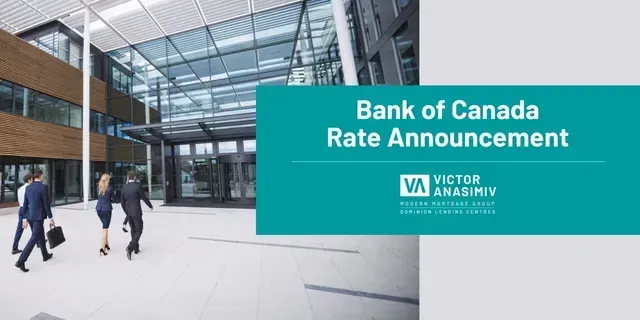Is Right Now a Good Time to Buy?
If you've been thinking about buying a new home; whether that be your first home, your next home, your forever home, or your retirement home, the doom and gloom of it all might be causing you to question... is right now a good time to buy a home? Well... what if I told you that was the wrong question?
Inevitably, the media will continue reporting that housing prices are ready to skyrocket, while at the same time reporting that they have peaked. You will hear reports that sales have slowed considerably and we can expect a market crash any second, while in some local housing markets bidding wars with condition free offers are the norm. Even when you check with the local experts, it's hard to know what is going to happen with the housing market next week, let alone in years to come.
It's impossible to know for sure what's going to happen with the housing market in Canada. So instead of basing your buying decision on external market factors, consider asking yourself, is now a good time for me to buy a home?
When you stop looking at the market to determine your timing to buy a home, and instead examine your reasons for buying a home, the picture becomes clearer. Here are some things you should consider, although they are subjective, they are things you can control.
- Does buying a new home now put me in a better financial position?
- Do I feel comfortable with my current employment status?
- Do I make enough money now to afford a new home and still be comfortable?
- Have I saved enough money for a downpayment?
- How long do I plan on living in this new home?
- Is there any scenario where I might have to sell quickly and potentially lose money?
- Do I really want to buy, or am I feeling pressure that if I don't buy now, I might never be able to?
- Am I scared that if I buy now, the market will crumble the second I do?
Having a plan in place is the best course of action to help you make a good decision. By sitting down with someone to discuss your plans, and to map out what buying a new home looks like for you, you can alleviate a lot of the unknowns. Instead of looking at external market factors, focus on the internal ones. A mortgage pre approval allows you to see what you can actually qualify for. It's the best place to start.
Please contact me anytime, I'd love to work with you, and answer any questions you might have.







